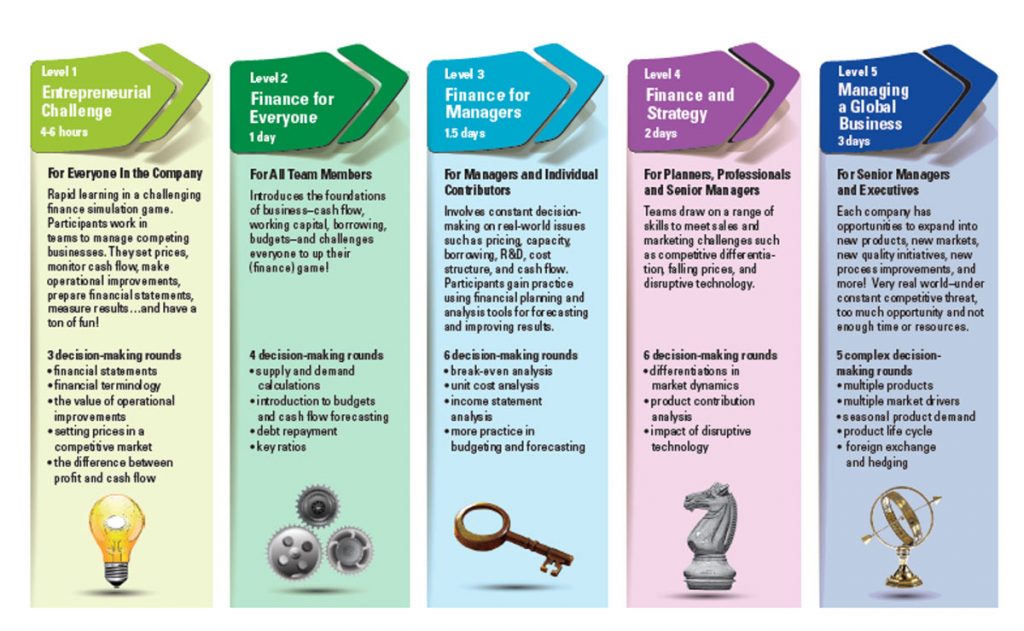Understanding the intricacies of business strategy often requires delving into the specific terminologies and methodologies that underpin successful operations. One such term that frequently surfaces in discussions about effective management is “block and tackle.” While it may sound like sports lingo or an old nautical term, in a business context, it serves as a pivotal concept that can significantly influence decision-making processes, organizational structure, and overall strategic goals.
But what does “block and tackle” really mean in the realm of business? And can you think of a time when disregarding fundamental practices led to an unwieldy challenge in your professional life? Consider this: you’ve meticulously crafted a grand strategy aiming at market expansion, but somewhere in the execution phase, the foundation of your operations becomes shaky. Perhaps you neglected those foundational elements that should have guided your team through the execution of your plans. This is where “block and tackle” comes into play.
Fundamentally, “block and tackle” refers to the basic mechanisms or systems that support broader strategies within an organization. It encompasses the essential processes and resources that enable a business to operate effectively. In simpler terms, it’s about focusing on the foundational elements that allow you to execute strategies successfully. Imagine attempting to construct a towering edifice without ensuring that the ground it stands on is solid. The result would likely be a precarious structure, no different from a business strategy executed without a strong operational foundation.
When we unpack the concept of block and tackle, it becomes evident that it comprises two core components: “block,” which symbolizes the foundational aspects—such as overarching goals, company culture, and core competencies—and “tackle,” which represents the methods and tools utilized to achieve those goals. This dynamic interplay forms the bedrock of successful business operations.
To illustrate the concept, let’s explore how different businesses embody this principle. A tech startup may view innovation as its primary goal—its “block.” However, if the methods or “tackle” they employ rely on nascent technology without solid research and development backing, their endeavor may falter. On the other hand, a well-established corporation might have a robust operational framework (“block”) but stagnate due to outdated tactics (“tackle”), failing to capitalize on new market opportunities.
Pondering these nuances leads to the critical question: how can organizations effectively align their blocks with their tackles? The first step revolves around assessing your current infrastructure. Are you positioned to react swiftly to market changes? Is your team equipped with the necessary tools and training? Conducting a thorough SWOT analysis (Strengths, Weaknesses, Opportunities, and Threats) can reveal gaps where your operational tactics might not fully support your strategic intentions.
Once you’ve conducted your analysis, the next challenge is to cultivate a culture that promotes adaptability and agility. Business landscapes shift continually, and a rigid adherence to old tactics can hinder growth. Emphasizing continuous professional development within teams ensures that everyone is well-versed in modern methodologies, fostering an environment rich in collaboration and innovation.
Moreover, integrating technology into your foundational “block” can provide a strong competitive advantage. Consider implementing data analytics tools that allow your organization to monitor performance metrics continuously. The insights garnered from such tools can help you pivot your tactics in real time, ensuring they always align with your strategic imperatives.
Utilizing effective communication channels is also imperative in bridging the gap between block and tackle. Regular feedback loops between departments encourage an proactive dialogue, permitting teams to share insights and innovate together. This mitigates the risk of teams working in silos, where communication breakdowns can lead to misaligned efforts that compromise organizational integrity.
In addition to focusing on internal structures, businesses must maintain an outward approach. Understanding market trends, customer behavior, and competitor strategies contributes to a more informed operational tactic. This awareness helps companies to not only react appropriately to changes but also to anticipate them, ensuring that their foundational “block” is robust enough to withstand industry shifts.
To summarize, the interplay of block and tackle in business strategy is foundational for companies aiming for longevity and success in a competitive marketplace. It calls for a diligent focus on both the strategic goals and the operational methods employed to achieve those goals. Are you ready to refine your understanding of these concepts, or will you risk constructing a strategically limitless tower on a shaky base? The choice, as always, is yours.
Ultimately, the capacity to interlink the fundamental building blocks of your organization with the methods of execution is not just a strategy; it’s an art. Finding that balance resonates profoundly in the success stories of resilient businesses. By upholding the integrity of your foundation and dynamically adapting your tactics, you can navigate the complexities of the business landscape and keep your operations sturdy, scalable, and sustainable.
